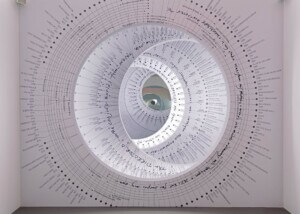Scandinavian Design and the United States, 1890–1980
Curated by: Bobbye Tigerman, Marilyn B. And Calvin B. Gross Curator, Decorative Arts and Design, LACMA and Monica Obniski, Curator of Decorative Arts and Design at the High Museum of Art
Los Angeles County Museum of Art
5905 Wilshire Blvd.
Los Angeles, CA 90036
Open through February 5
“Volvos are built so well,” a television commercial stated plainly in 1967 while luxuriating in the exterior finishes of a P122S “Amazon” model, “they’re driven an average of 11 years in Sweden.” The company had made a habit of conflating the superficial and pragmatic in their advertisements, and had apparently found great success in doing so, as their cars had become a fixture of Scandinavia throughout the 20th century and in the Americas throughout the 21st. First designed by Jan Wilsgaard in 1956 as the company’s answer to the boastful tailfins and chrome grills from American competitors, the sleek yet subtle Amazon was not only a commercial success, but the progenitor of modern automobile safety measures as we now know them: Its three-point seatbelt, first developed in 1959, became standard in all U.S. models only four years later.
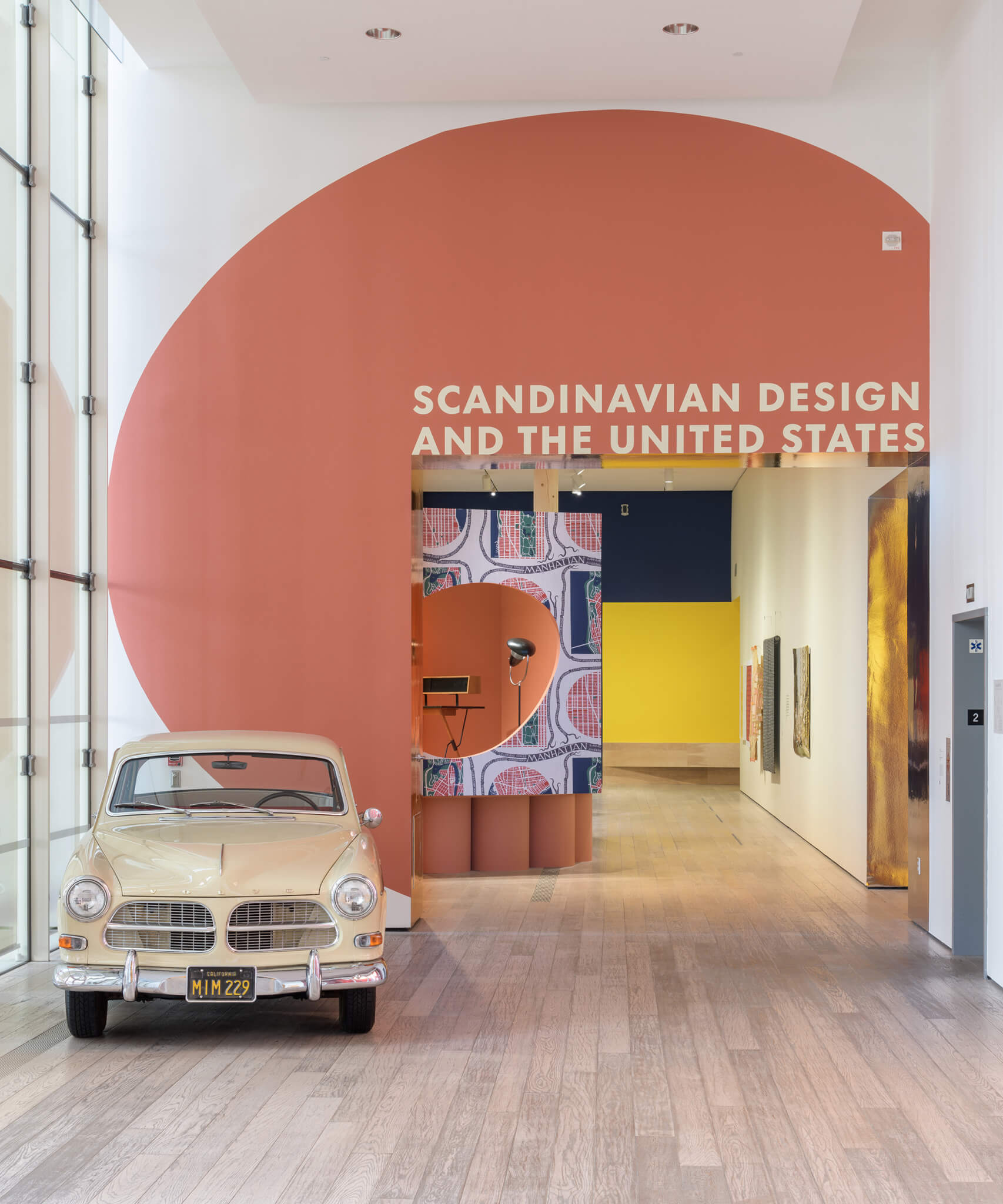
Parked at the entrance of Scandinavian Design and the United States, 1890–1980, a sand-gray model of the Amazon serves as a fitting microcosm for the principles on display throughout the exhibition. The show, with exhibition design by Bestor Architecture, is staged in one of only two galleries at the Los Angeles County Museum of Art (LACMA) open to visitors during the ongoing recreation of the western half of its campus. It is co-organized by the Milwaukee Art Museum in collaboration with the Nationalmuseum Sweden and the Nasjonalmuseet in Norway, and hinges on the middle of the 20th century, an era of design that, for good reason, we remain unable to escape.
The exhibition design “takes direct inspiration from the design concepts and objects within the show, including Alvar Aalto’s organic modernist Finnish Pavilion at the 1939 New York World’s Fair and the furnishings of immigrant Swedish designer Greta Magnusson Grossman,” Barbara Bestor, Principal of Bestor Architecture, shared via press materials. The show uses bold colors and light woods to stage over 170 objects—furniture, industrial design, textiles, ceramics, glass, metalwork, jewelry and lighting—sourced from LACMA’s collection, American and Nordic museums, and private collections. Bestor’s design lands objects (in vitrines and freestanding) on platforms that rest on painted cardboard tubes, a reference to the constructions designed by Deborah Sussman for the 1984 Summer Olympics in Los Angeles.
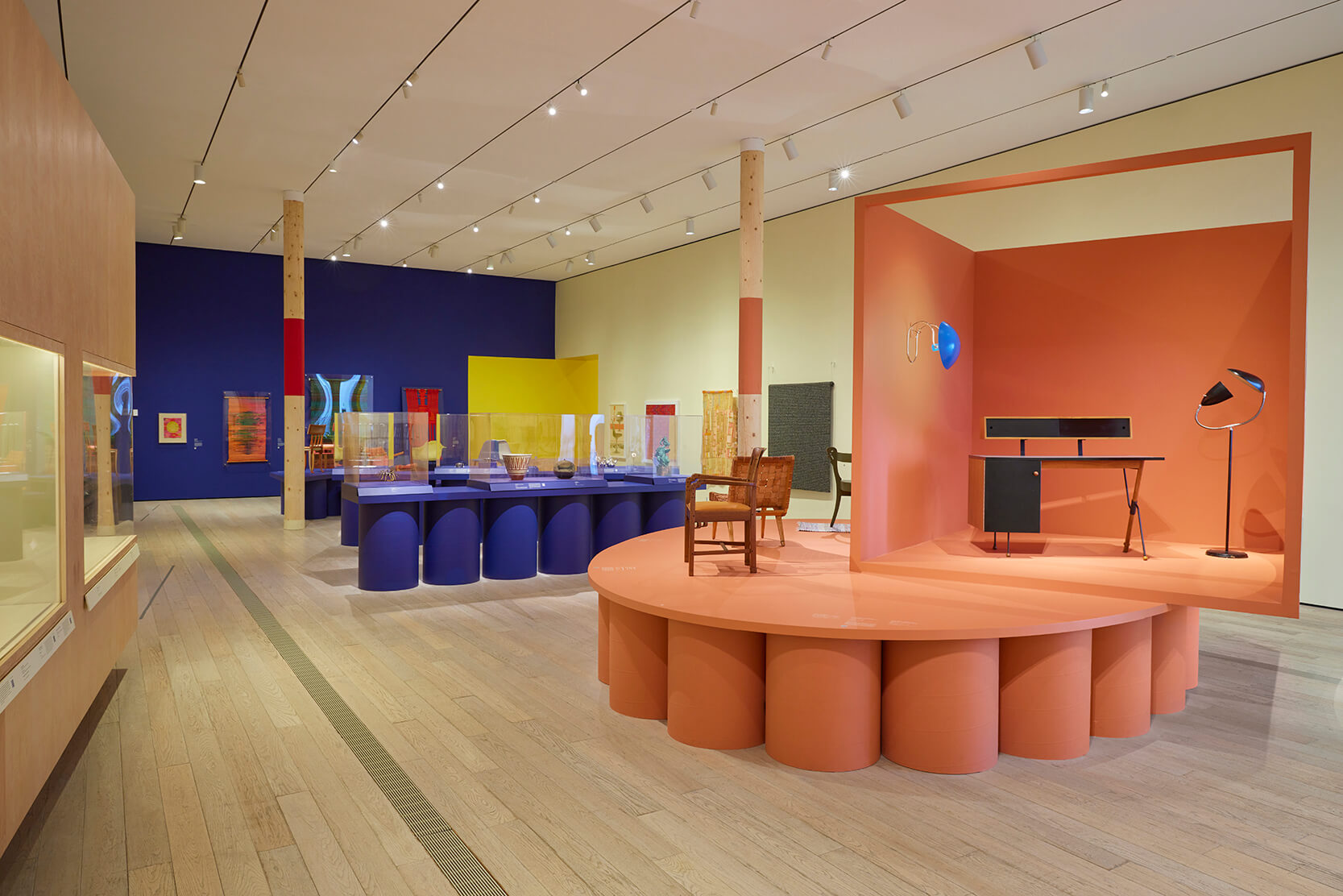
While most American designers were busy tipping the scales of exuberance during the Great Acceleration, Scandinavian designers were teaching the most attentive of them that the built environment could be reimagined instead as a feat of ergonomics at many scales. “Always design a thing by considering it in its next larger context—a chair in a room, a room in a house, a house in an environment, an environment in a city plan.” The quote attributed to the Finnish-American architect Eliel Saarinen, whose influential role as chief architect and one-time president of Michigan’s Cranbrook Museum of Art between 1932 and 1946 is documented throughout the first half of the exhibition in sumptuous tapestries and sketches of futures that never came. The aphorism implies that somehow everything Scandinavians introduced to the American landscape is woven into contemporary design, hiding in plain sight.
The first half of the exhibition emphasizes the cautious mass production that put the region on the map in an era of increased resistance to handicraft, and the second highlights the lesser known research into disability aesthetics by a younger, more politically conscious generation in the 1960s. Among this, prototypes for the wheelchair symbol found in parking lots around the world, first conceived as the International Symbol of Access by Danish design student Susanne Koefoed in 1968, are prominently detailed alongside the other accomplishments of seminars held by the Scandinavian Design Student’s Organization (SDO), which deliberately shied away from design as an elitist practice toward one of equity. The exhibition sits with the legacy of Koefoed’s advisor Victor Papanek, the author of the influential text Design for the Real World (1971) that had stressed the inseparability of design and accessibility to international audiences in 24 languages. The book has had a lasting impact on countless designers not just through visuals, but also through principles that are too-little-remembered in the present day.
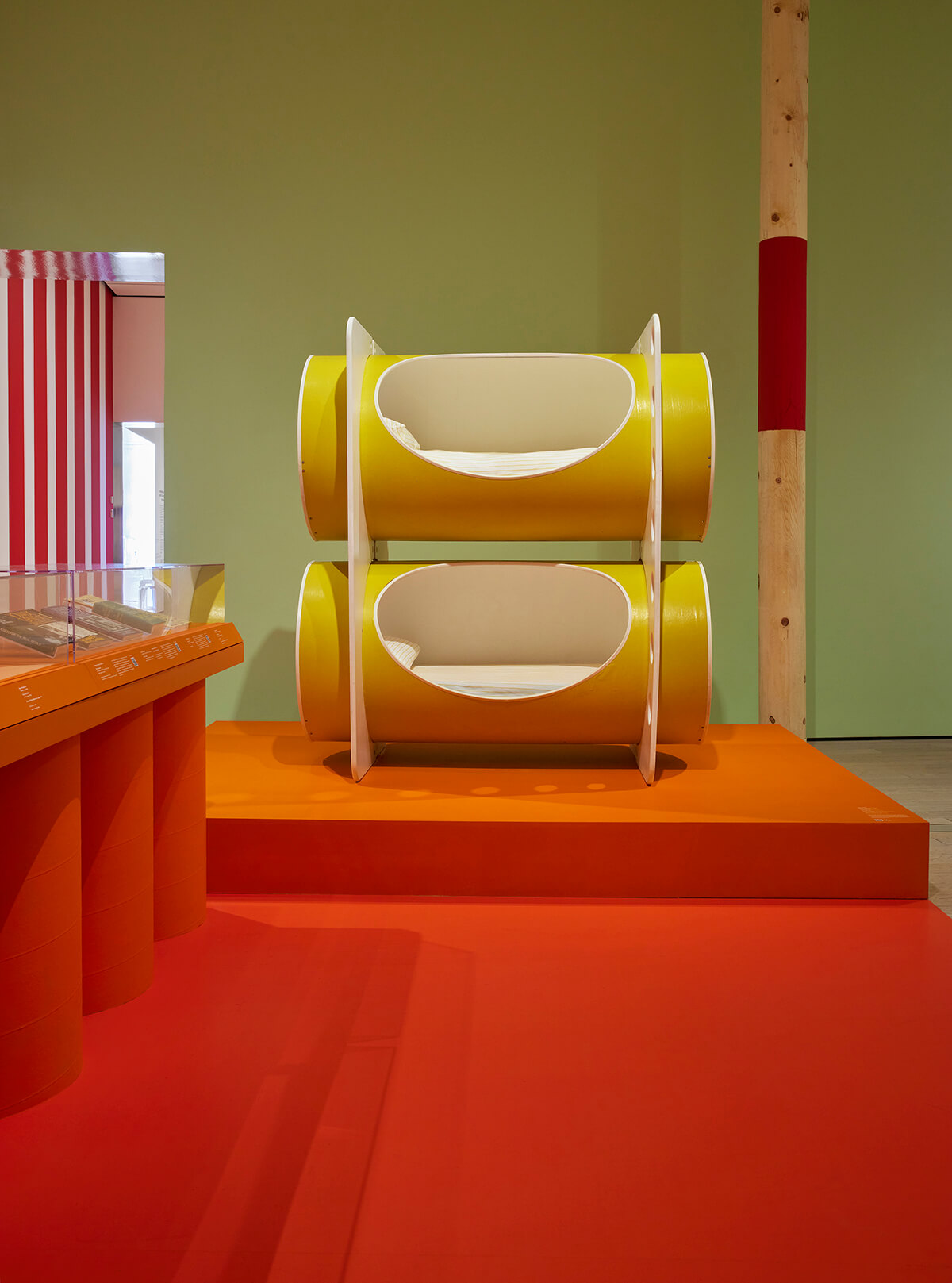
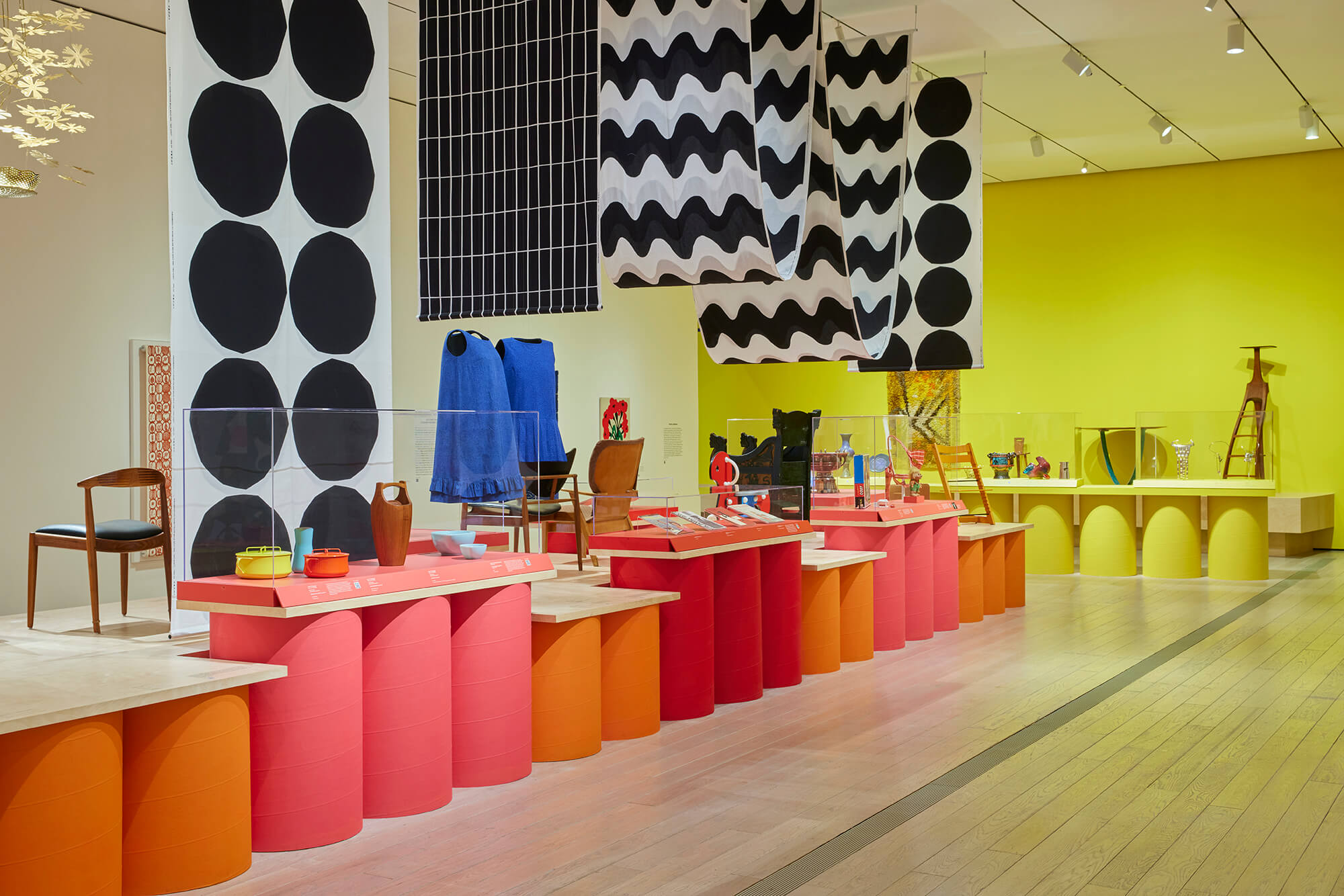
Returning to the beginning of the exhibition, the eye shifts back and forth between the signature styling of the Amazon’s exterior and the prototypical seatbelts dangling from its interior doorways until the two features become one. One cannot help but be reminded that “good design” always begins with the more practical matters of comfort, safety and accessibility. From that basis, a deep appreciation for understanding and patience regarding the human condition will hopefully permeate throughout the entire process.
Shane Reiner-Roth is a lecturer at the University of Southern California.










